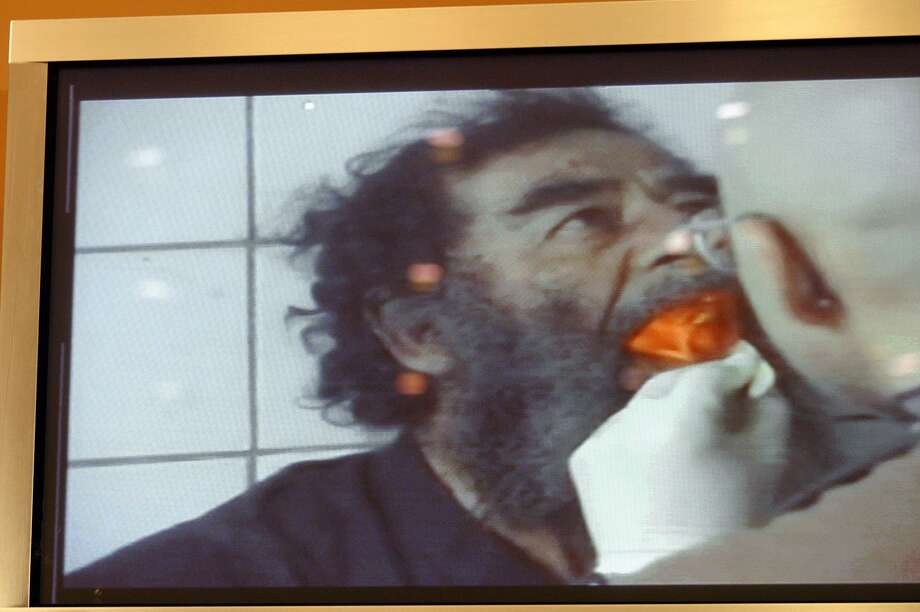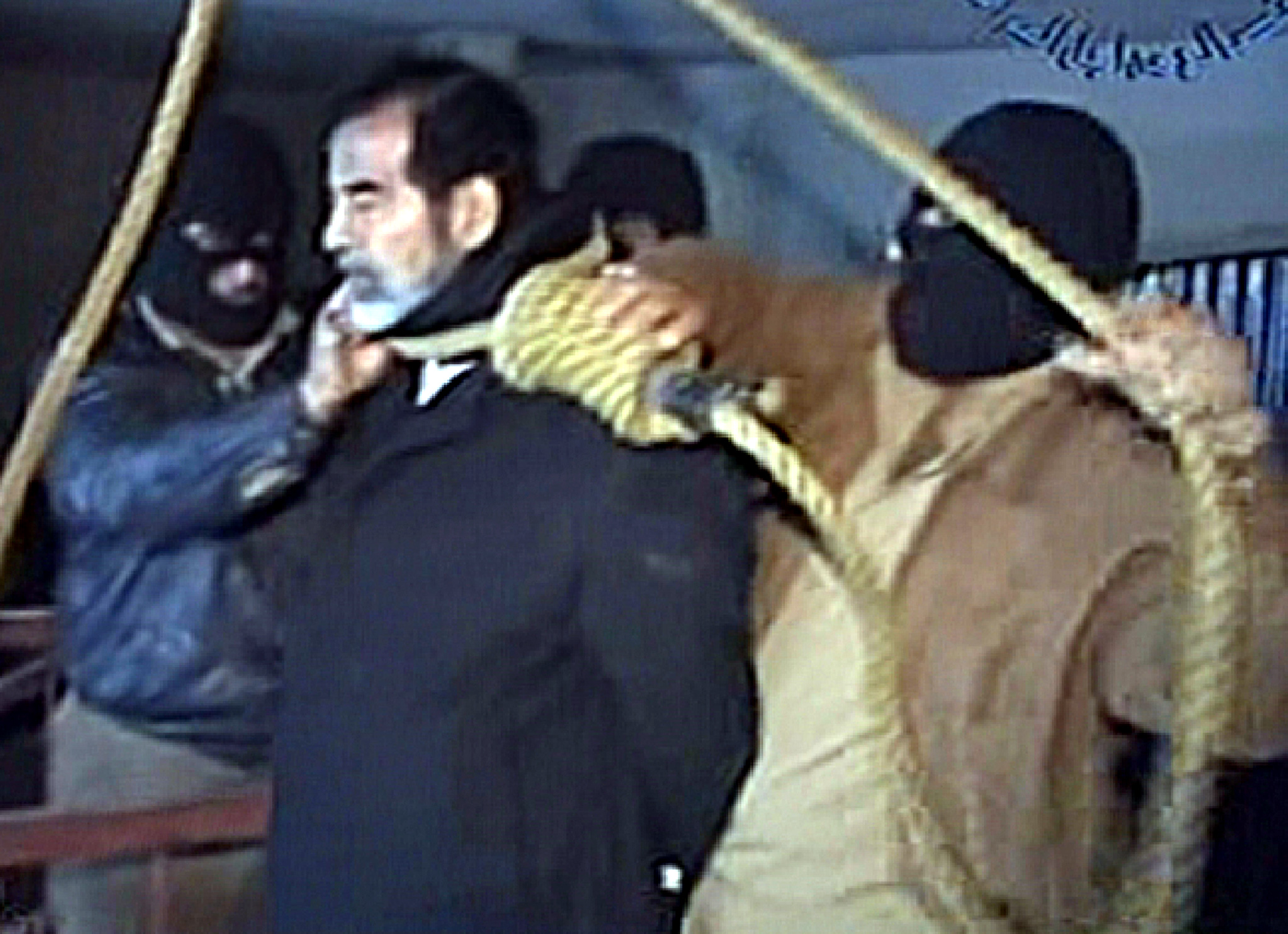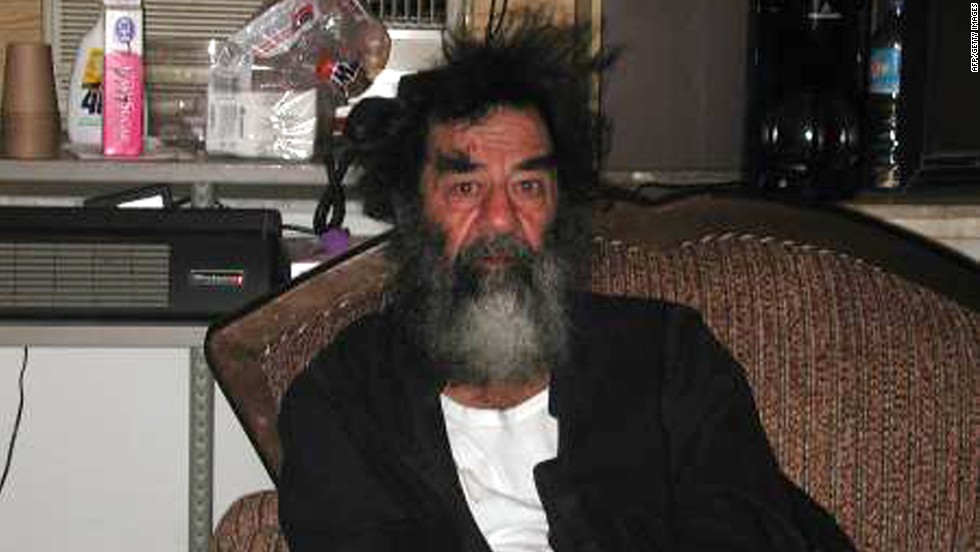

By 0900 that morning, the villa was surrounded by the 101st Airborne and the U.S. In July 2003, elements of Task Force 20 received a tip that Uday and Qusay Hussein were hold up in a villa in the Iraqi city of Mosul. It was called Task Force 121, it ended the Hussein family’s reign of terror over Iraq, and became a case study in human intelligence. Air Force Combat Controllers, Pararescuemen, Tactical Air Control Party operators, along with armored support. On top of SEAL Team Six and Delta Force, the list included the 75th Ranger Regiment, and 160th Special Operations Aviation Regiment, the CIA’s Special Activities Division, U.S. To get to that photograph required a virtual “who’s who” of American special operations. That a doctor took part in this latest display is most unfortunate.We’ve all seen the famous photo of the Iraqi-American interpreter pulling the Iraqi dictator out of his “spider hole” in Tikrit. As informed viewers and doctors we must express anger at the type of war media propaganda to which we are continuously subjected. The video evokes as much disgust at those who prepared it for us as satisfaction over the arrest of Saddam. Either way, the Arab viewer, like his global counterpart, becomes a captive of the image. For the Arab audience, the video traps the viewer between identification with the barbarian-looking Arab dictator and the civilised-appearing American occupier. The video obviously aimed to affect an increasingly sceptical American public in an election year. Another purpose was to shift the focus from the initial reason for which the war was supposedly fought-that is, weapons of mass destruction-and place it instead on Saddam the villain. The video served several purposes, one of which was to present the war as a struggle between barbarianism and civilisation. The video was a classic Orientalist display, portraying the oriental barbarian-appearing man, with long, uncombed, and dirty hair and beard, being cared for in a civilised manner by a white, clean doctor.

The less obvious answer lies in a practice first described by the late Palestinian-American scholar Edward Said: Orientalism. What was the main message behind this painstakingly well prepared and theatrical production, televised more than 19 hours after the capture of Saddam? The obvious answer is to display the determination and might of the occupying forces. There are even more profound observations that we can draw from the video and that are no less relevant for us as members of societies frequently forced into conflicts and wars that we have not chosen. Our military colleagues should think seriously about this case as it can be instructive to understand how and why ethical standards differ between army and civilian medicine. There should be a review-carried out by medical peers-of the conduct of the doctor who examined Saddam before the cameras. As doctors who regard the practice of medicine as a highly moral one, we must not promote double ethical standards. That the subject of these medical ethics violations was the ruthless and criminal Saddam does not make them less deplorable.

The display of Saddam, looking as he did like a monster, will almost certainly contribute to forming an image in the public's eye that is not in Saddam's favour. The doctor also violated the principle of non-malfeasance. Considering that part of the examination was focused on finding lice underscores the propagandist nature of the display in which the army doctor, unfortunately, partook. Videotaping a patient who is undergoing examination infringes the almost sacred rights to autonomy and privacy that Saddam-however undeserving any dictator might seem of any right-still enjoys. There were also other violations in the taped clinical examination of Saddam by an American army doctor, and these violations concerned basic principles of medical ethics. However, the shameful display of Saddam in the video that the American occupiers victoriously released was just as much of a violation of rights. Six months later the roles of prisoner and captor were exchanged. Their display for propaganda reasons therefore violated their rights as prisoners of war. The soldiers, stripped of their freedom and scared almost to death by a ruthless regime, were not in a position to consent to be photographed. but even a dictator has rights that Saddam was deniedĭuring the weeks of major military operations, the televised display of three captive American soldiers by Saddam's propaganda machine quite rightly drew protests as a violation of the Geneva Convention.


 0 kommentar(er)
0 kommentar(er)
